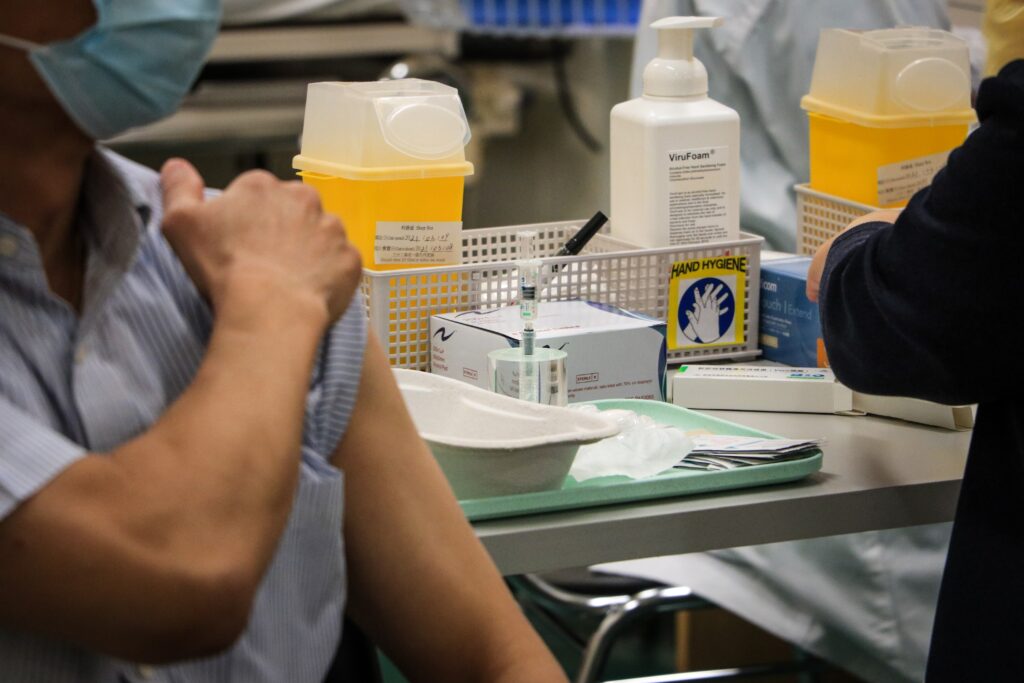The nation is moving quickly to make COVID vaccines available to all Americans over the age of 16. Unfortunately, it can’t happen fast enough for Black people.
At first glance, the decision to put everyone over 65 in the same bracket for early vaccine distribution seems fair and sensible. COVID-19 kills more old people than young people.
But by ignoring race, these guidelines have led to Blacks getting fewer vaccines and to die in higher numbers.
Federal and state efforts to address racial disparities in COVID-19 vaccinations have focused almost exclusively on expanding vaccination sites, funding out-reach campaigns and battling vaccine hesitancy. While these efforts are critical, they have failed to reverse COVID-19 death rates because they don’t prioritize vaccine eligibility in younger or middle age blacks.
The key factor is life expectancy. Blacks can expect to live an average of 75 years, compared to 79 years for Whites. The White population as a whole is older than the Black population; the average age for Blacks in the U.S. is 34 compared to 40 for Whites. Most significantly for equitable vaccine distribution, only 12 percent of Blacks are over 65 compared to 18 percent of Whites.
Because of this survival bias, disproportionately more Whites became eligible for COVID vaccines in the first months and in fact got a far greater share of them. Among the 35 states that report vaccination rates by race/ethnicity, 10% of Whites were vaccinated when compared to only 5% of the Black population.
In Los Angeles County, which until recently was the national COVID-19 epicenter, Whites make up 28 percent of the population but have received 33.5 percent of the vaccine doses. Blacks have received only 5 percent of the doses while accounting for 9 percent of the population.
The disparity generated by the vaccine guidelines overlays the disproportionate toll that the virus has taken in Black communities. In people 65 years and older, Blacks are nearly 5 times more likely to die of COVID-19 than Whites. This increased risk of COVID-19 mortality in Blacks is even worse in younger populations—up to a 10-times greater risk in adults 35 to 64 years old.
In fact, younger Black are dying from COVID-19 at a rate greater than older Whites. For example, Blacks 55 to 64 years old are dying from COVID-19 at rate two-times greater than Whites a decade older.
Racial disparities in COVID-19 deaths have been attributed to a range of factors rooted in systemic racism— from underlying medical conditions to the relative scarcity of health care services and pharmacies in minority neighborhoods. Federal and state agencies had an opportunity to reduce those deaths by ensuring equitable allocation of vaccines, but they failed to do so.
In a non-virtuous circle, the life expectancy of Blacks is expected to fall by three years as a result of COVID-19, compared to a decline of two-thirds of a year for Whites. These projections imply an increase of nearly 40% in the Black−White life expectancy gap, eliminating progress made in reducing this differential since 2006.
Hispanic/Latino populations are also at increased risk of death from COVD-19 and are receiving fewer vaccinations than Whites. But Hispanic/Latino populations are not lagging behind Whites when it comes to life expectancy—at least not yet. The impact of the age restrictions in the COVID-19 vaccination guidelines are far worse in the Black community.
Tragically, but perhaps not surprisingly, the rollout of the over-65 guideline was blind to the coming effect on Blacks. Very few states report COVID-19 vaccination rates among older adults by race/ethnicity. Among the 28 states and DC that do report vaccinations by age, none report both age and race/ethnicity, which would be useful in providing more targeted outreach to populations most affected by the virus or who are currently experiencing vaccine access issues.
The politics of targeting racial disparities are complicated. Social programs win widespread support when they don’t appear to help one group over others. But despite the vaccine regimen’s straight-forward appearance, inequity was built into it, creating a classic case of systemic racism.
Opening eligibility for all adults by May 1st –which President Biden promised a few weeks ago – begins to even the playing field. But much damage has been done. The racial gap in COVID-19 deaths was widened and many Black lives were unjustly shortened.
Dima Mazen Qato is a senior fellow at the USC Schaeffer Center for Health Policy & Economics and Hygeia Centennial Chair and Associate Professor at the USC School of Pharmacy.
